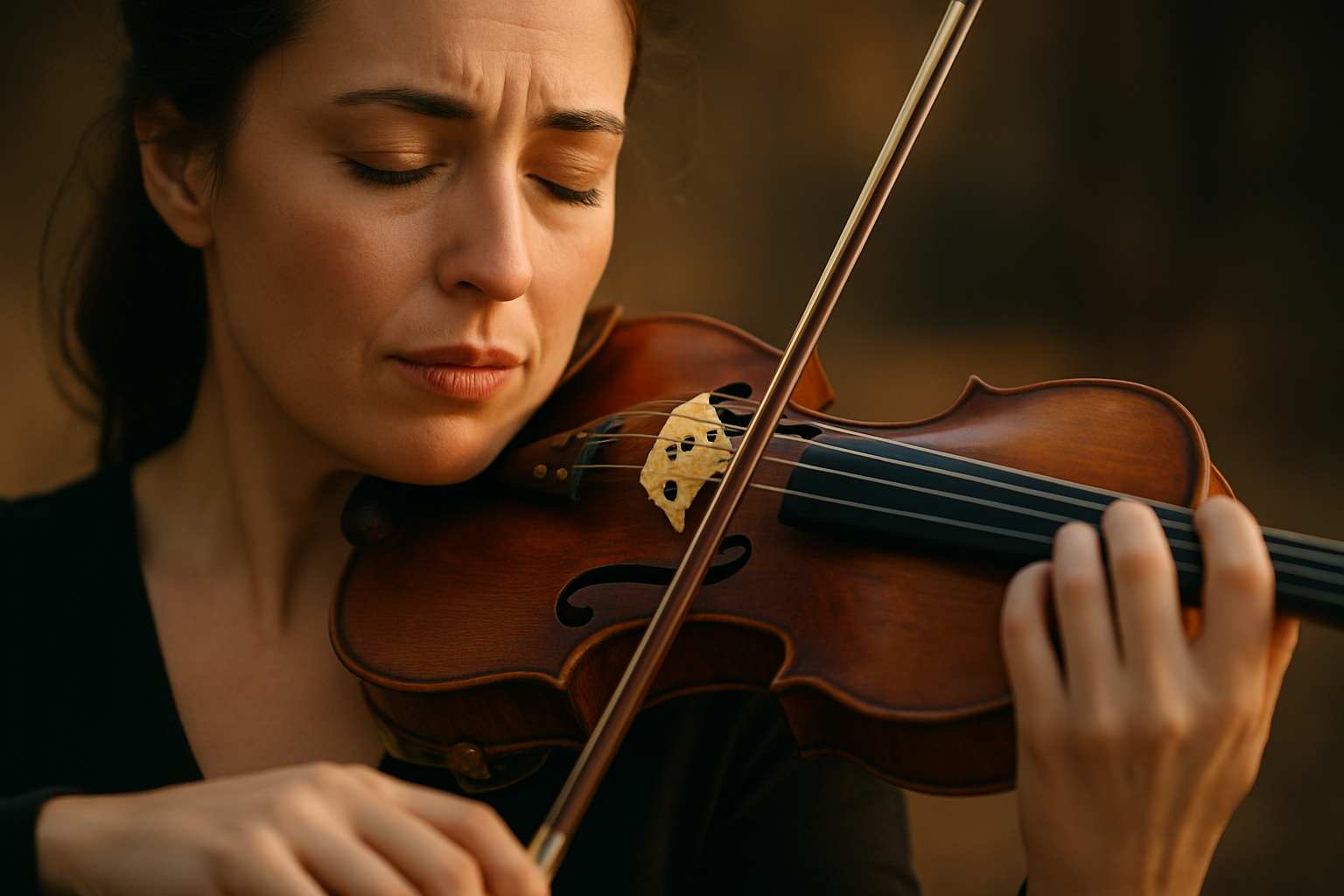Playing the right notes at the right time is only the beginning of making music. What truly captivates an audience is the expressiveness of the performance—the way a musician shapes sound, communicates emotion, and gives life to a score. Two performers can play the exact same piece of music, yet one may sound mechanical while the other moves listeners deeply. The difference lies in interpretation and expressiveness.
Expressiveness is not a mysterious talent reserved for a few gifted individuals. It is a skill that can be studied, practiced, and refined. This article explores what it means to interpret music with expressiveness, why it matters, and practical strategies for bringing more feeling into your playing.
What Is Musical Expressiveness?
Musical expressiveness refers to the choices a performer makes to communicate meaning and emotion beyond the written notes. These choices may involve dynamics, phrasing, tempo, articulation, tone color, or even silence.
For example:
- A pianist might slow slightly at the end of a phrase to create a sense of closure.
- A violinist may add warmth to a melody by adjusting bow pressure.
- A singer could emphasize certain words with subtle changes in tone.
These small decisions transform notes into a story.
Why Expressiveness Matters
Engages the Audience
Listeners connect emotionally when they hear music that feels alive.
Distinguishes Performers
Two musicians may play the same piece, but expressiveness makes each interpretation unique.
Enhances Communication
Music is often called a universal language. Expressiveness is the “accent” that makes communication personal.
Provides Artistic Freedom
Scores provide guidelines, but expressiveness allows musicians to make music their own.
Creates Memorable Performances
Audiences may forget technical details, but they remember how a performance made them feel.
Elements of Expressive Interpretation
Dynamics
Playing softer or louder to create contrast and shape emotion.
Phrasing
Grouping notes into meaningful “sentences” rather than playing them mechanically.
Tempo Flexibility (Rubato)
Slightly stretching or compressing time for expressive effect.
Tone Color
Adjusting sound quality to suit the mood—bright, dark, warm, or sharp.
Articulation
Using legato, staccato, accents, or slurs to create variety.
Silence
Pauses and rests give music breathing room and add drama.
Common Mistakes in Expressive Playing
- Overdoing It
Too much rubato or exaggerated dynamics can sound unnatural. - Ignoring Style
Expressiveness should fit the genre—what works in jazz may not suit baroque music. - Neglecting Basics
Expressiveness cannot replace correct rhythm, notes, or posture. - Inconsistency
Random changes confuse listeners; expression should be deliberate.
How to Develop Expressiveness
Step 1: Listen to Professionals
Study multiple recordings of the same piece. Notice how each performer interprets it differently.
Step 2: Sing or Hum the Music
Singing naturally encourages expressive phrasing. Apply the same flow to your instrument.
Step 3: Experiment With Dynamics
Play a simple melody several times, changing dynamics each time. Explore possibilities.
Step 4: Use Imagery
Visualize a story or scene while playing. For example, imagine a sunrise for a gentle crescendo.
Step 5: Record and Reflect
Recording reveals whether your intended expression comes across to listeners.
Step 6: Ask “Why?”
Before making expressive choices, ask: What do I want the listener to feel here?
Exercises for Building Expressiveness
- Dynamic Contrast Drill
Play scales or short pieces once softly, once loudly, then with gradual crescendos and decrescendos. - Rubato Experiment
Take a simple melody and subtly adjust tempo in different places to see how it changes character. - One Phrase, Many Moods
Play the same phrase as joyful, sad, angry, and peaceful. Notice how articulation and tone shift. - Silence Exercise
Insert pauses at different spots in a melody. Listen to how silence changes tension and release. - Imitation
Try to imitate the expressiveness of your favorite musician, then adapt it into your own style.
Expressiveness in Different Genres
- Classical: Expressiveness is often subtle, relying on phrasing and dynamics.
- Jazz: Expressiveness comes through swing feel, improvisation, and tone.
- Blues: Emotional bends, slides, and vocal-like phrasing dominate.
- Rock: Power, energy, and rhythmic drive create expression.
- Folk: Simplicity and storytelling often guide expressive choices.
The Role of Emotion
Expressiveness is not only technical but emotional. To communicate convincingly, you must feel connected to the music yourself. While you don’t need to relive personal experiences every time, tapping into general emotions—joy, sadness, tension—helps authenticity.
Balancing Technique and Expression
A common misconception is that technique and expression are separate. In reality, solid technique enables expression. Without control over dynamics, articulation, or tone, expressive ideas remain out of reach. The goal is to integrate both.
Long-Term Benefits of Expressive Playing
- Greater audience connection.
- Unique personal style.
- More fulfilling performances.
- Confidence in artistic choices.
- Deeper emotional engagement with music.
Final Thoughts: Turning Notes Into Meaning
Interpretation with expressiveness is what transforms music from a mechanical exercise into an emotional experience. It requires awareness, imagination, and courage to make choices beyond the score.
Remember: the notes on the page are only a starting point. Your job as a musician is to bring them to life. By experimenting with dynamics, phrasing, tone, and silence, you can turn simple notes into powerful stories that resonate with listeners long after the final sound fades.
So the next time you sit down with a piece, ask yourself not only, Am I playing the right notes? but also, Am I telling the story behind them? That shift in focus is the key to expressive interpretation.
